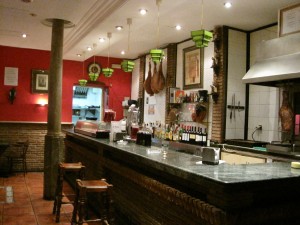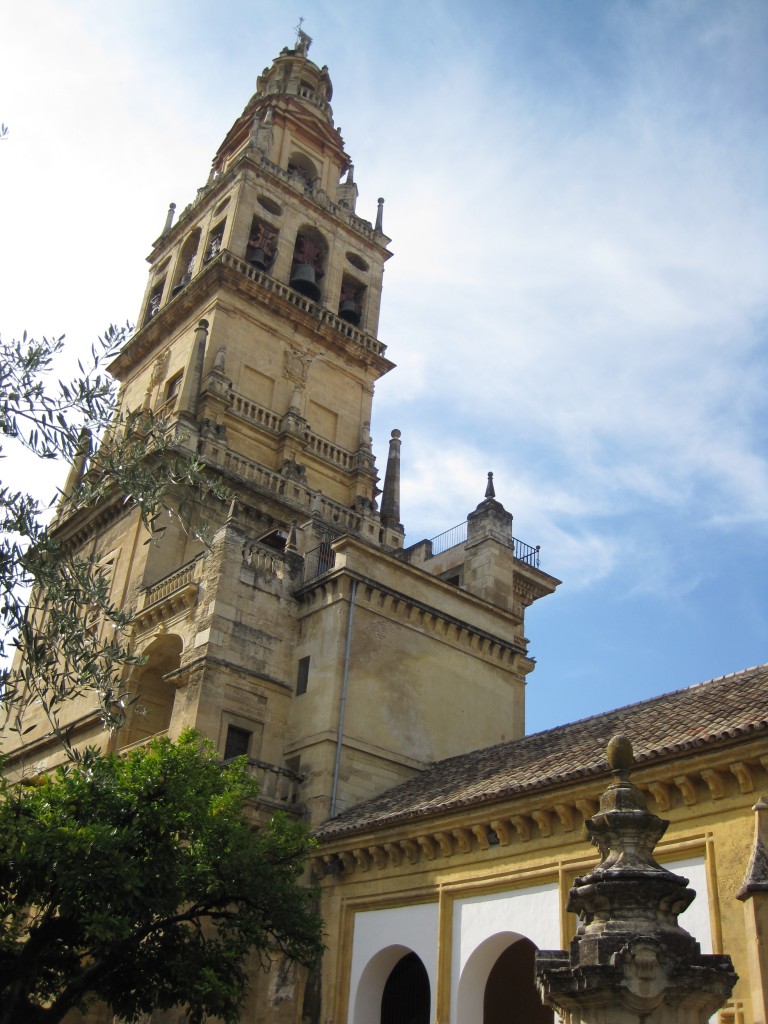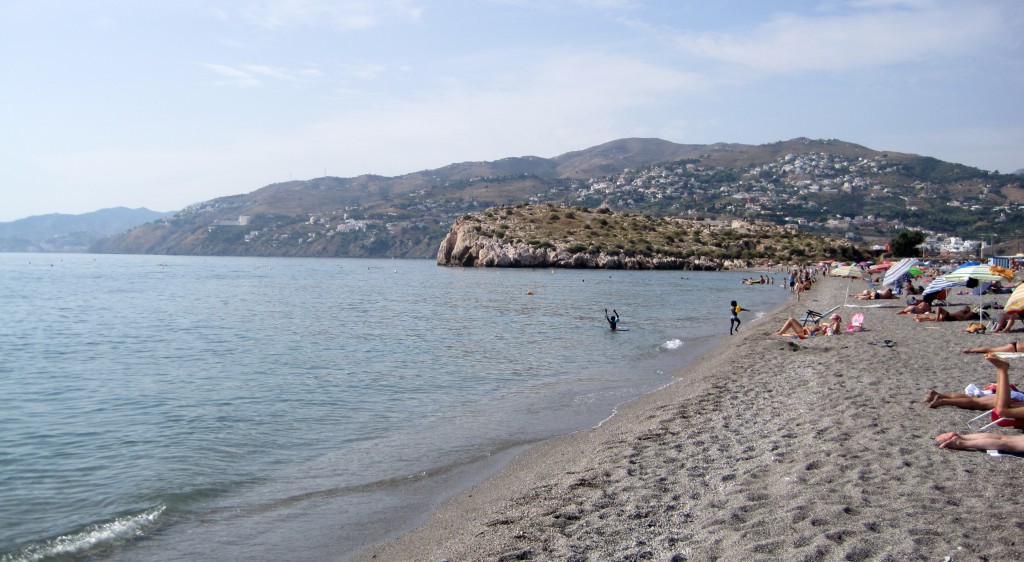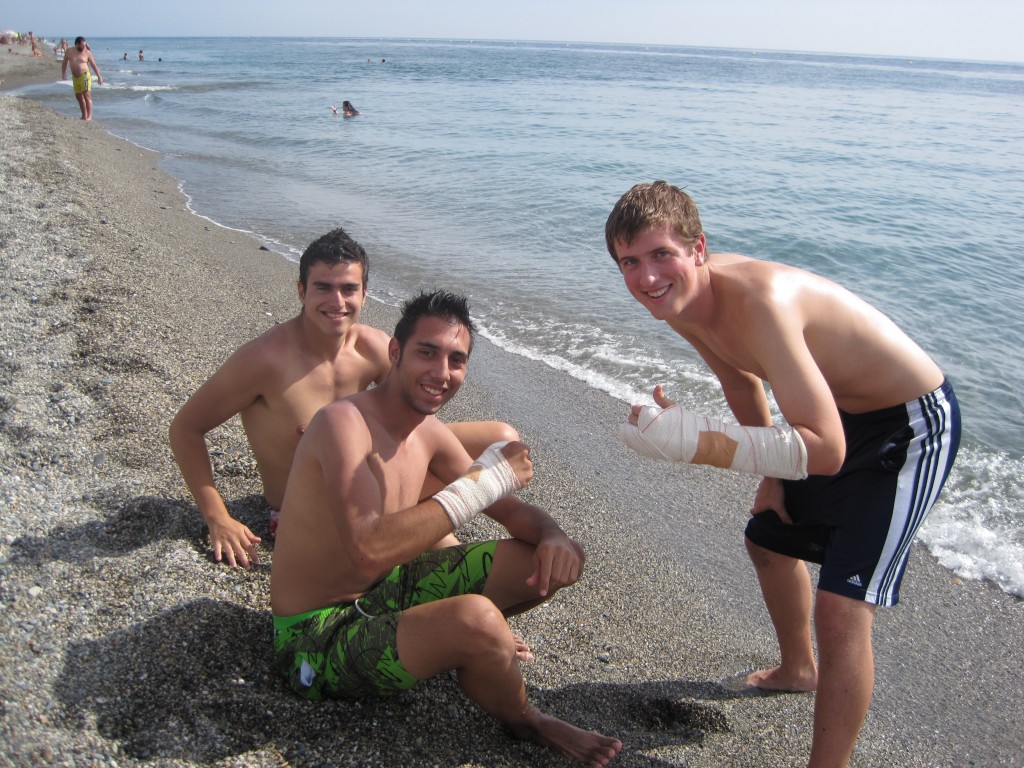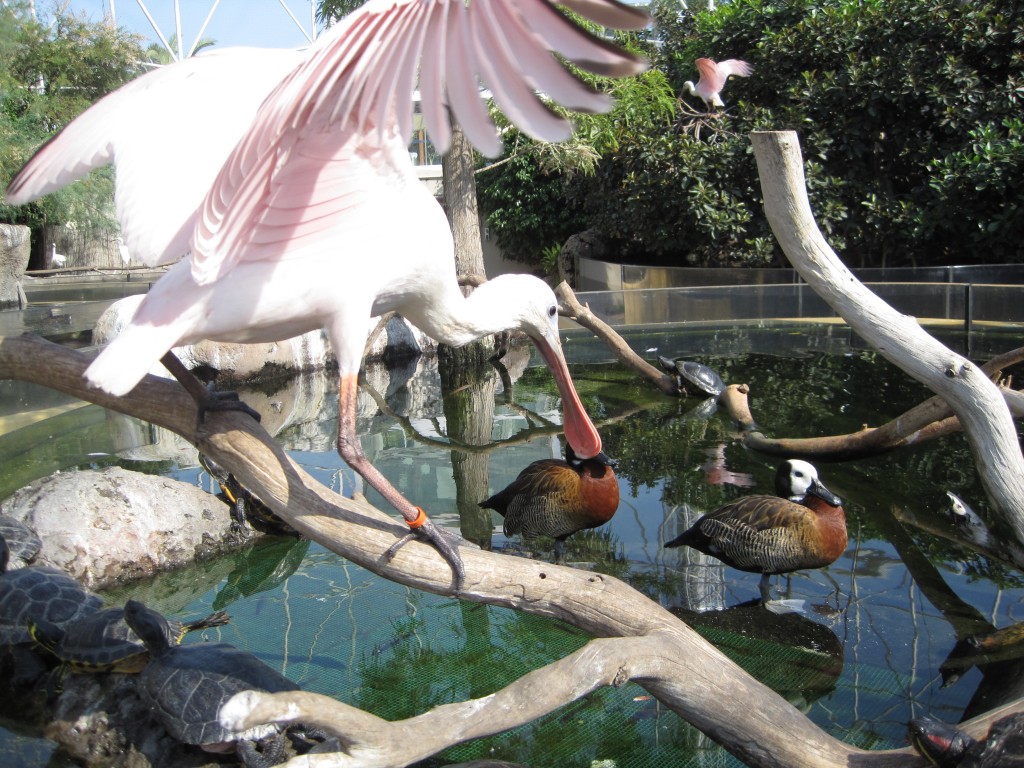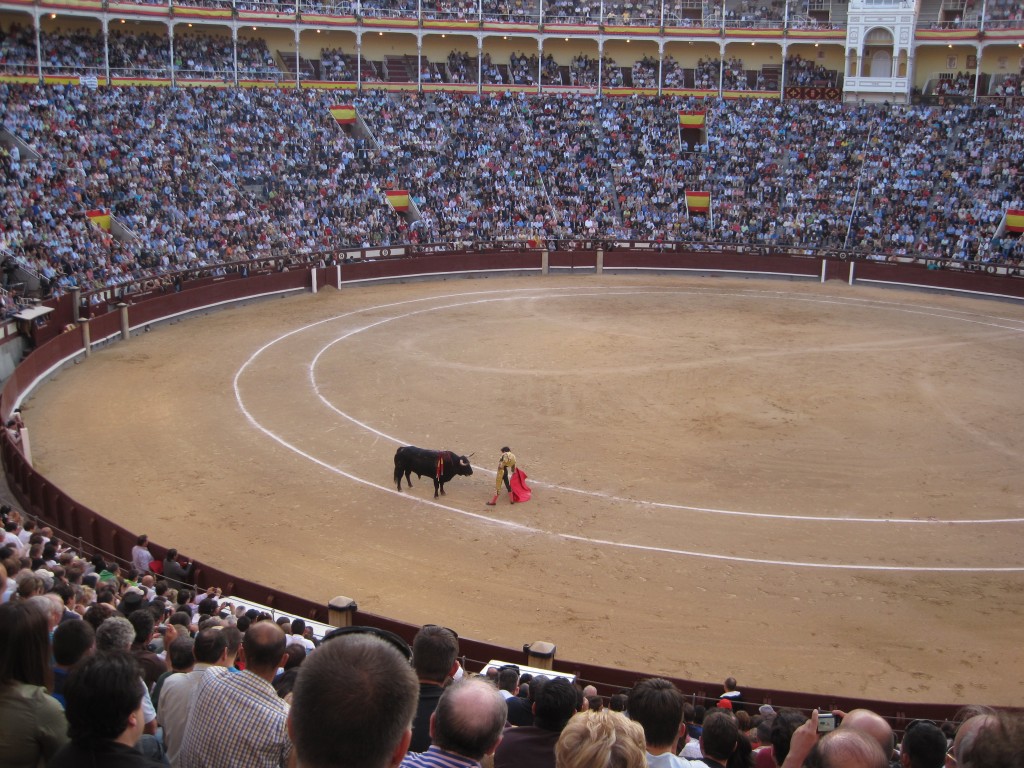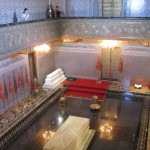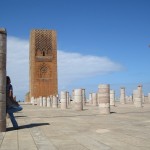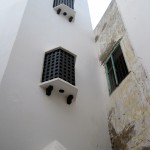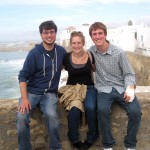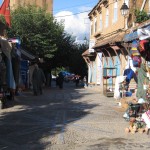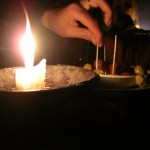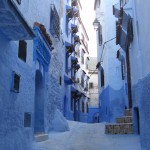Big praise to our cooperative school, Central College and the excellent program they have established here. I had no idea how many different trips and opportunities they would have prepared for us here.
We went to Morocco for five days, to Jaen to see a bullfight and some caves, to Toledo and Madrid for a weekend, to a local concert in Granada, and to an olive oil factory in the mountains. We also had a Thanksgiving banquet last week and we will have a farewell banquet next week as well, all on the program! Of course I did pay for the program (let’s not forget to give thanks for scholarships), but I really didn’t expect to have so many provided experiences, especially considering that I paid a little less for this semester than I did for one in Valpo. How about that?!
Toledo and Madrid were superb, I’ll let the photos do the majority of the talking. View the complete album here on Picasa.
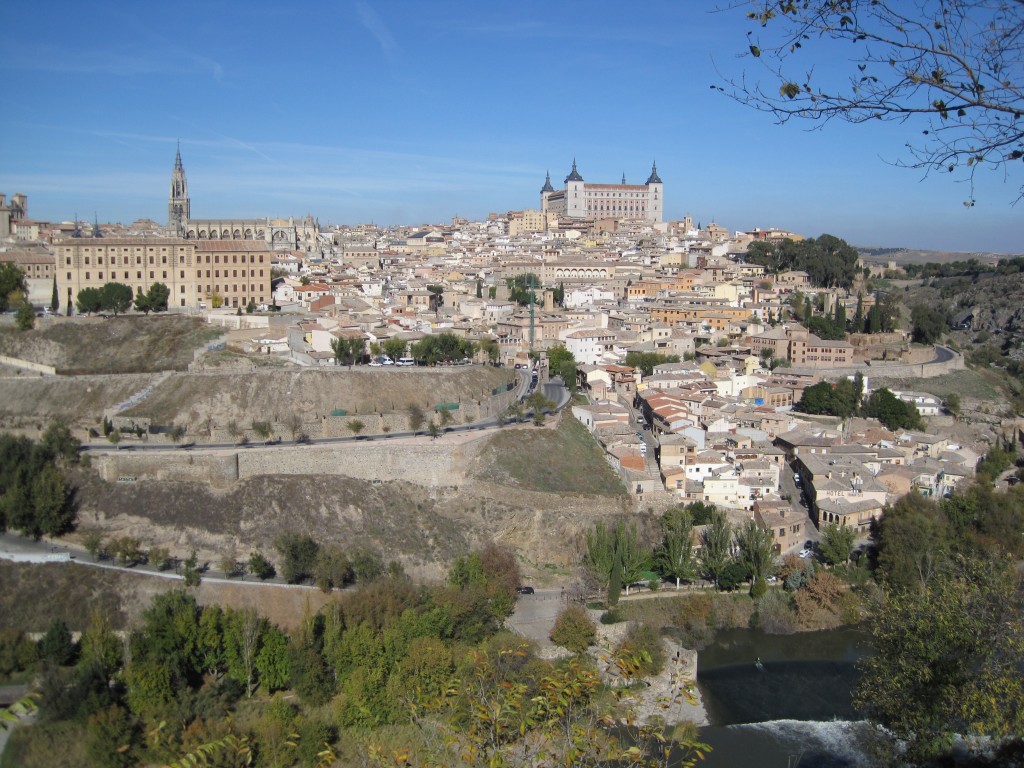
So you know the expression "Holy Toledo"? Well, turns out Toledo has an unreal number of churches, something like 81, hence the term.

Suzanne, Tom, me, Amy and Kelsey, who decided that since doesn't go to Valpo she couldn't face forward, come on Kelsey!!

Palacio Real, riveting to look around inside. Just imagining that the royal family lived there and that the building is also used today is incredible.
Well, here I am in December! A good friend of mine is coming to visit tomorrow during my pre-exam break. I´m really looking forward to exploring the city more and making the most of my last few weeks to indulge in Granada´s tapas.
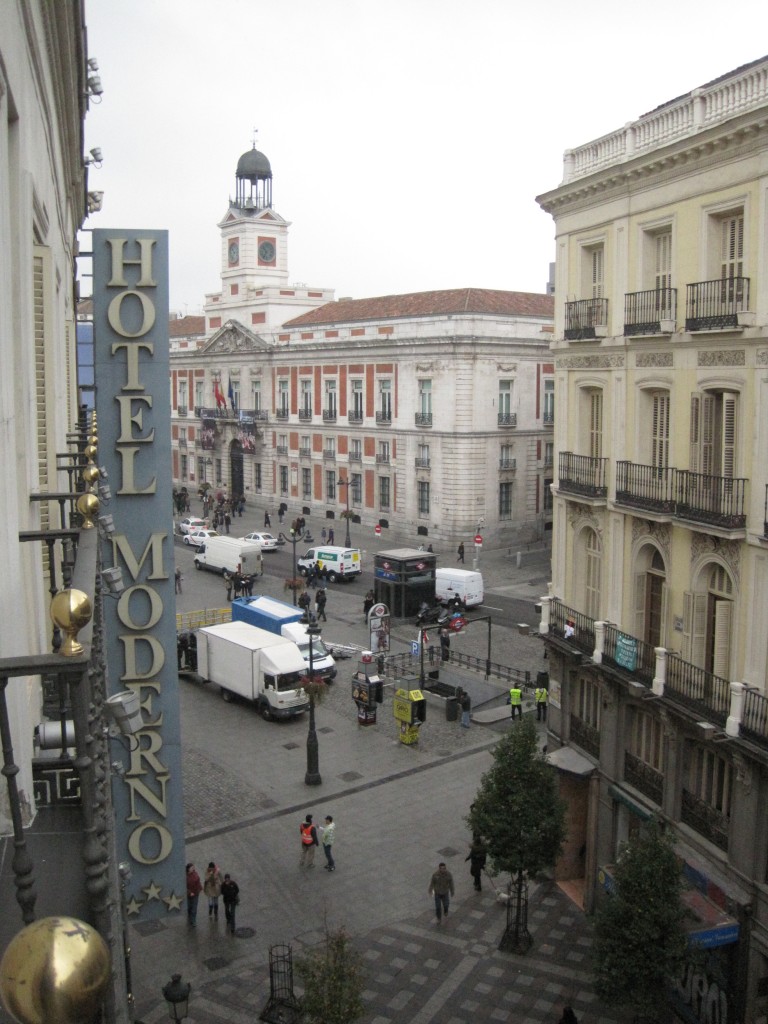
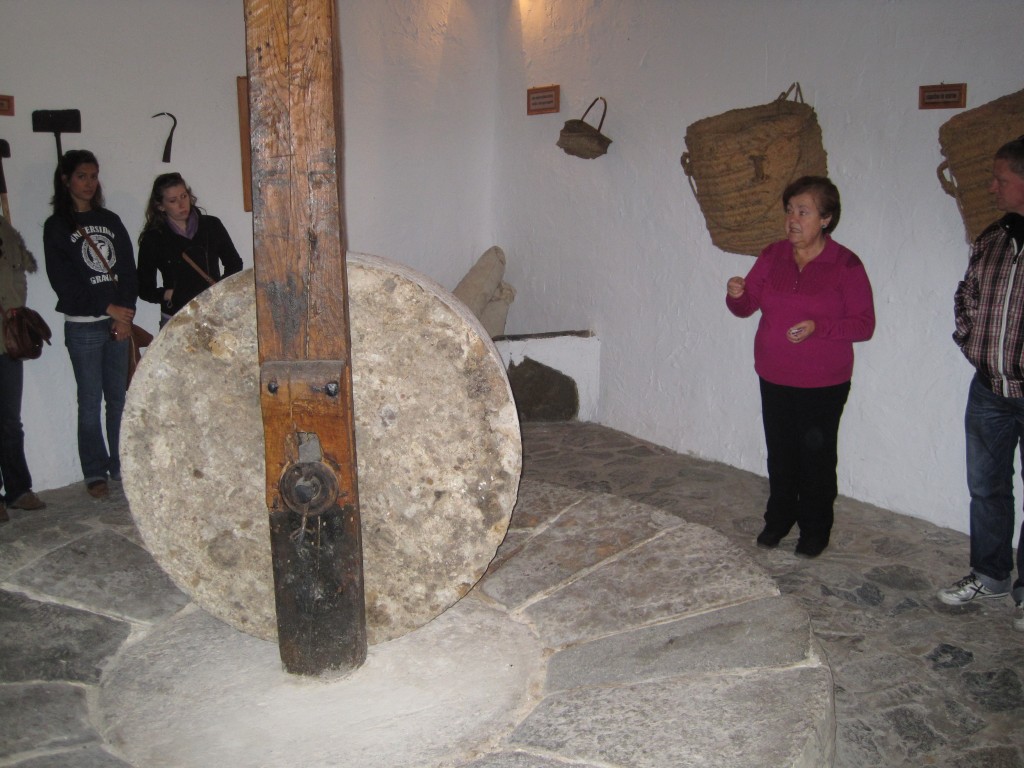



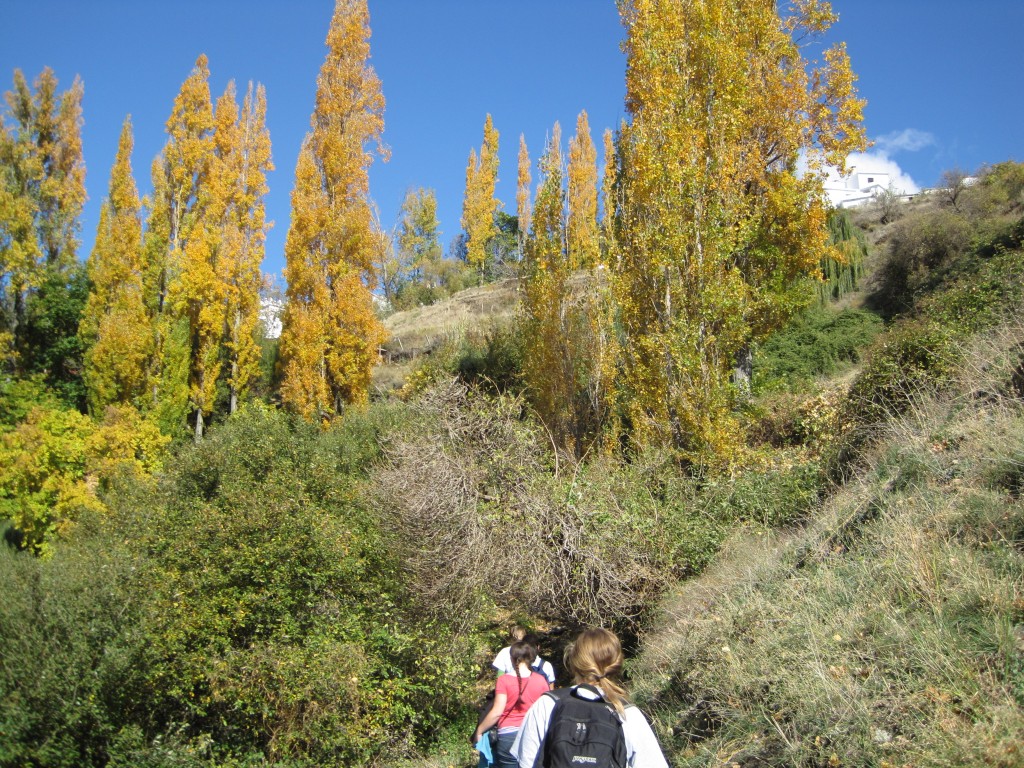
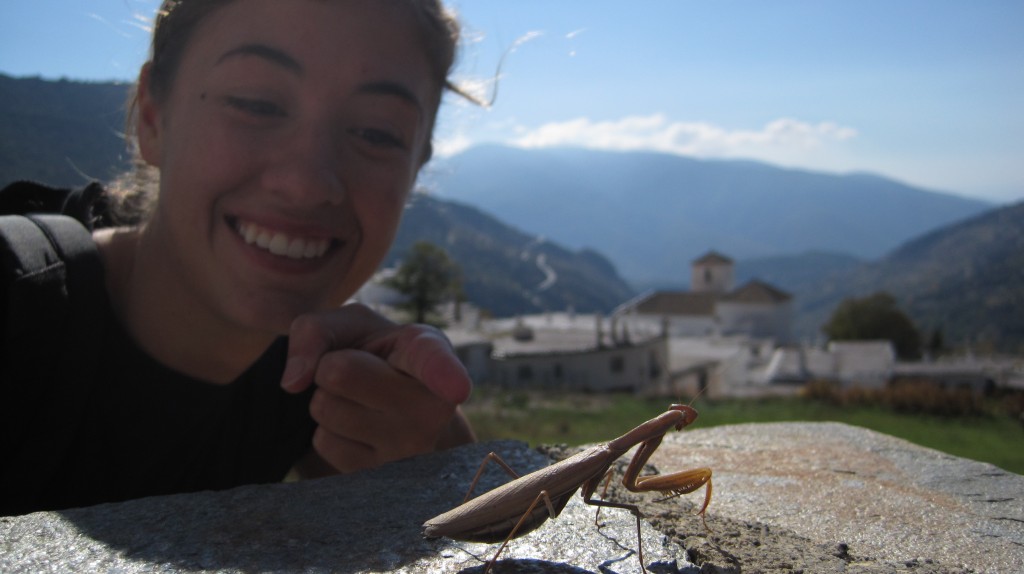

 and then, depending on the bar, you get anything from a small serving of Jamón Serrano to whole plate full of Mariscos (seafood, usually clams and the like). Not being a red meat eater and being a little skiddish of clams (although fish are amazing here) I have been a big fan of Patatas a Lo Pobre, which I heartily enjoyed at Bar La Abadía. Athough the bartender was in need of a shower, he was nice enough and left me in peace as I sat outside and reviewed for midterms. What’s great (although sometimes problematic) about Spain is that no one cares how long you stay at their bar or cafe. They won’t even pester you by asking if you want another drink. The problem side is payment, sometimes you have to pretend like you’re leaving in order to get a check. Of course, that can also be quite funny. I really enjoy the relaxed manner of tapas though, sitting uninterrupted for one hour to study over good food and a beer for only 1.70 euro was just what I needed.
and then, depending on the bar, you get anything from a small serving of Jamón Serrano to whole plate full of Mariscos (seafood, usually clams and the like). Not being a red meat eater and being a little skiddish of clams (although fish are amazing here) I have been a big fan of Patatas a Lo Pobre, which I heartily enjoyed at Bar La Abadía. Athough the bartender was in need of a shower, he was nice enough and left me in peace as I sat outside and reviewed for midterms. What’s great (although sometimes problematic) about Spain is that no one cares how long you stay at their bar or cafe. They won’t even pester you by asking if you want another drink. The problem side is payment, sometimes you have to pretend like you’re leaving in order to get a check. Of course, that can also be quite funny. I really enjoy the relaxed manner of tapas though, sitting uninterrupted for one hour to study over good food and a beer for only 1.70 euro was just what I needed.